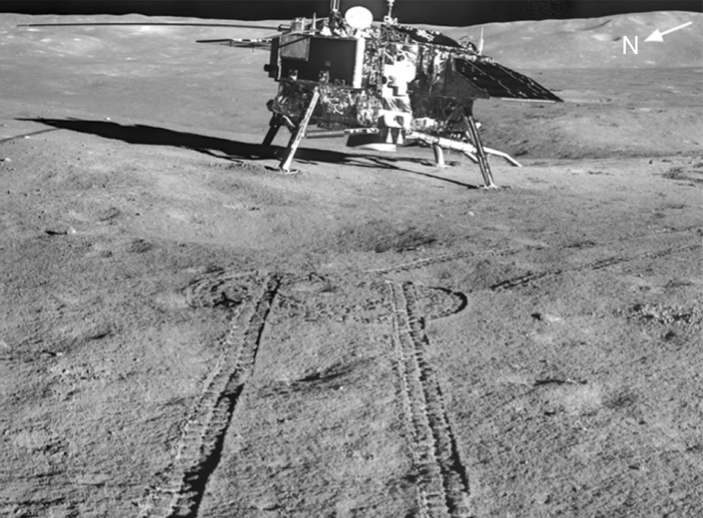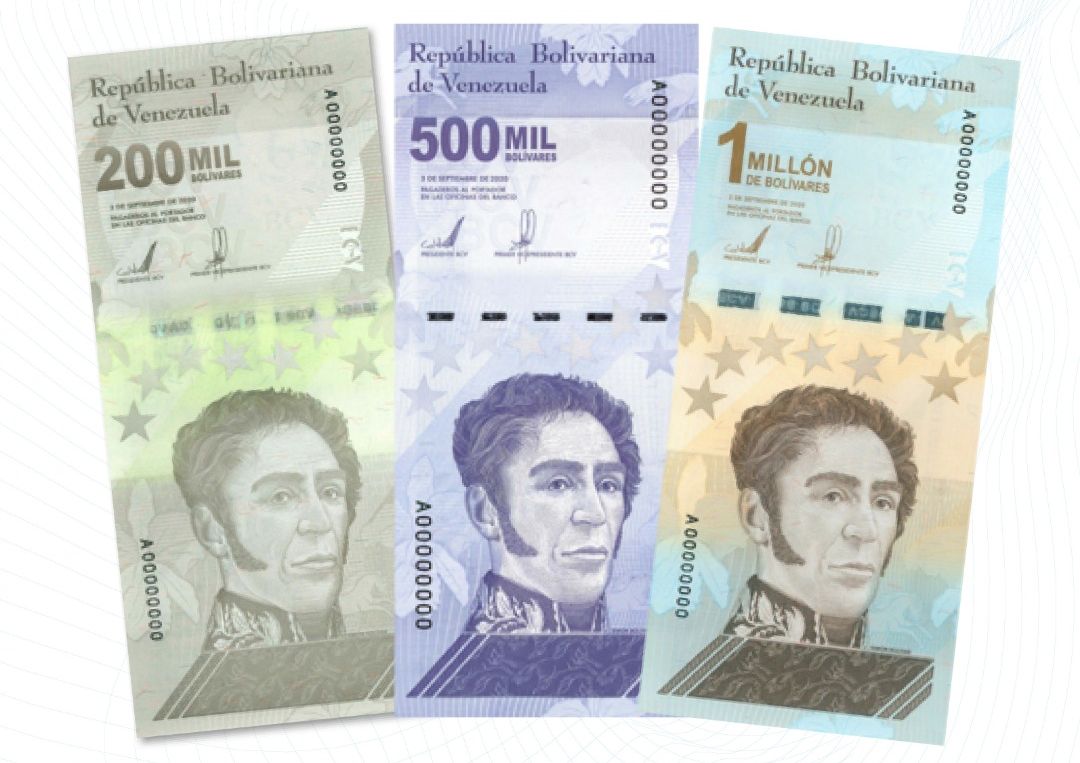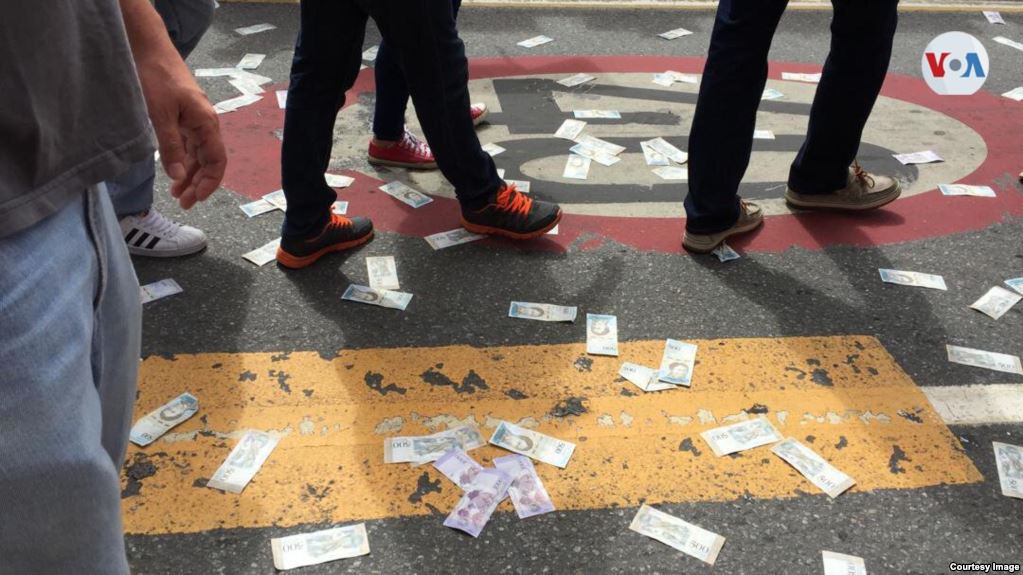China & Russia Team Up On Moon Research Station
On Tuesday, China and Russia announced that they would work together to create a moon-based research station. The project is called the International Lunar Research Station. When it’s finished, other countries will be allowed to use the station.
It’s the first time the two countries have worked together on a space project.
Russia has long had a strong space program, and in recent years has worked with other countries on space projects. In the last few years, China has had several big successes in space, including several missions to the moon and one to Mars.

(Source: Jianjun Liu, et al. [CC BY-SA 4.0], via Wikimedia Commons.)
Many of the agreement’s details aren’t clear yet. For example, the countries haven’t decided yet whether the station will be built on the moon or will orbit around it. It’s also not known when the project is expected to begin or be completed.
Interest in moon projects has been growing. The United States (US) has said that it plans to send a man and a woman to the moon by 2024, though this date is likely to change.
Olympic Update: Special Torch Carrier, No Visitors
This summer in Tokyo, Japan plans to hold the Olympic Games that were originally scheduled for last summer. The games were delayed for a year because of the coronavirus pandemic.
😕
This image has not been loaded because of your cookie choices. To view the content, you can accept 'Non-necessary' cookies.
This summer, Japan plans to hold the Olympic Games that were originally scheduled for 2020. The games were delayed because of the coronavirus. The Olympic torch is currently in Fukushima, Japan. Above, the Olympic flame on display in Fukushima last year.
The Olympic torch has come all the way from Greece, and is currently in Fukushima, Japan. The torch will begin its trip to Tokyo on March 25. One of the people who will help carry the torch in May is Kane Tanaka, the world’s oldest woman.
Ms. Tanaka, who is 118 years old, was born in 1903, just seven years after the Olympic Games began in 1896. Though she will be pushed in a wheelchair for some of the way, she hopes to walk the last few steps by herself.
😕
This image has not been loaded because of your cookie choices. To view the content, you can accept 'Non-necessary' cookies.
Kane Tanaka, the world’s oldest woman, will help carry the Olympic torch in May. Ms. Tanaka, 118, will be pushed in a wheelchair for some of the way, but she hopes to walk the last few steps by herself. Ms. Tanaka is shown above on her 116th birthday.
In other Olympic news, Japan’s government is reported to have decided not to allow visitors from other countries at the Olympic events. The decision is being made because of worries that large numbers of visitors from outside of the country could lead to a dangerous outbreak of the coronavirus.
As Prices Shoot Up, Venezuela Creates Bigger Money
Last Friday, Venezuela’s Central Bank announced that it would print three new bank notes for its money, the bolivar. For the first time ever, the country is printing bills worth 1 million bolivars. It has also come out with bills worth 200,000 and 500,000 bolivars.

(Source: Banco Central de Venezuela.)
The changes are needed because prices are rising so quickly that the old money has almost no value. As a result, many people in the country are using US dollars instead.
It’s normal for prices to go up over time. In most places the cost of a meal or a car is higher now than it was 10 years ago. This is called “inflation”. But Venezuela has “hyperinflation”, and prices can change in a day.

(Source: VOA.)
In 2016, it took about 600 bolivars to buy one US dollar. Now, it takes nearly 1,900,000 bolivars to buy a dollar. That makes the million bolivar bill worth about 52¢.
Inflation is causing very real problems for Venezuela’s people, who are struggling to pay for many basic items.
